The Healing Power of Traditional Chinese Massage: Techniques and Methods Explained
April 2, 2024
In today's society, the pace of life is excessively fast, diet is unreasonable, and staying up late every day has led to suboptimal health becoming a common problem for most people. As life stress continues to increase, people are starting to look for various methods to improve their health. Traditional Chinese massage, as a splendid cultural heritage of the Chinese nation, is becoming increasingly popular. So, how much do you know about traditional Chinese massage? How does it help us improve our physical well-being? Let me introduce it to you.
Treatment Techniques of Traditional Chinese Massage
Traditional Chinese massage, also known as Tui Na, holds an important position in Chinese medicine and is one of the four major clinical treatment methods in China. Traditional Chinese massage has many advantages in treating diseases, such as its simplicity, safety, economy, and remarkable effectiveness. Therefore, it has gained attention from many people, and many patients and traditional Chinese medicine doctors choose massage as a therapy to restore health. Let's take a look at the techniques and treatment methods of traditional Chinese massage.
The techniques require endurance, strength, gentleness, and naturalness, with a certain level of penetration to achieve the purpose of treatment. Massage is an ancient method of treating diseases, which has been widely used in medical practice since the Spring and Autumn Period and the Warring States Period more than two thousand years ago. The folk physician Bian Que successfully rescued a patient with apnea using massage and acupuncture. "Huangdi Neijing" recorded the use of massage to treat rheumatic diseases, hemiplegia, facial paralysis, and stomach pain.
Common techniques include pushing, grasping, pressing, rubbing, kneading, pinching, flicking, plucking, pointing, rocking, rolling, patting, striking, pulling, traction, and resetting. Different massage techniques are adopted in clinical practice based on the patient's constitution, symptoms, location, and objectives. Massage mainly functions to relax tendons, regulate muscles, promote qi circulation, remove blood stasis, and treat specific organs by stimulating them with varying degrees of strength, duration, frequency, and changes in direction.
Eight Treatment Methods of Traditional Chinese Massage
1. Warming: Massage therapists use squeezing, rubbing, and back-and-forth swinging methods on the patient's acupoints, with a certain rhythm and gentle and slow techniques. This can allow the patient's visceral tissues to receive the energy from the massage, achieving the goal of dispelling cold and keeping warm.
2. Tonifying: Using pushing, rubbing, and kneading techniques on the middle epigastric region, Tianshu, Qihai, and Guanyuan acupoints in the abdomen, and applying pressing, rubbing, pushing, and pointing techniques on the bladder meridian and Huatuojiaji acupoints on the back to tonify qi, blood, body fluids, and weak organ functions, with a focus on tonifying the postnatal spleen and stomach and the prenatal waist and kidneys.
3. Regulating: Using pushing, grasping, kneading, and other techniques to promote meridian circulation in the limbs, grasping the shoulder well to regulate the respiratory system, and pressing acupoints on the back to regulate the circulation of qi and blood in the organs, achieving the effect of removing stagnant pathogenic factors.
4. Draining: Using pressing, kneading, and flicking techniques on the abdomen, generally used for lower jiao excess syndromes. This method can be used for symptoms such as lower abdominal distension or pain caused by stagnation of heat, food retention, or constipation. The advantage of this method is that it is powerful without the use of strong medications and has no toxic side effects.
5. Sweating: Selecting specific acupoints or areas and gradually increasing pressure from light to heavy to effectively stimulate the acupoints, causing the body to heat up and sweat, thus eliminating the disease. This method is generally used for patients with wind-heat or wind-cold conditions.
6. Harmonizing: Using rolling, pressing, kneading, rubbing, and other techniques on the limbs and back to achieve the goal of harmonizing qi and blood, balancing the exterior and interior, and restoring the body's normal physiological state. It is mainly used for conditions where the disease is not suitable for sweating, vomiting, or drainage, but requires pulse regulation, regulation of meridians and blood, and disharmony of qi and blood causing liver and stomach pain, irregular menstruation, disharmony of the spleen and stomach, and general body pain.
7. Dispersing: The main purpose is to "disperse and transform through rubbing and dissolving" to eliminate congestion, whether tangible or intangible. This method can be used to promote the smooth flow of qi and blood through the application of dispersing techniques to resolve congestion of organs, blood stasis, and phlegm and food retention.
8. Clearing: Using a combination of gentle and forceful techniques at specific acupoints or areas to achieve the goal of clearing heat and eliminating restlessness.
Massage Techniques
Pressing Technique
Using fingertips or palms, press down on the appropriate part of the patient's body in a rhythmic manner. This is called pressing technique. Commonly used techniques include single-handed pressing and double-handed pressing. In clinical practice, single-handed or double-handed pressing is typically used below the ribs or on the abdomen. In areas such as the back or thick muscles, single-handed pressure techniques can also be used. This involves using the left hand to press lightly on the back of the left hand's fingers, or using the right hand to press on the back of the right hand's fingers.
Rubbing Technique
Rubbing means to gently stroke. Use your fingers or palms to apply soft strokes to the appropriate parts of the patient's body. This is called rubbing technique. Rubbing techniques are often combined with pressing and pushing techniques. Single-handed rubbing is commonly used on the upper limbs and shoulders, while double-handed rubbing is commonly used on the chest.
Pushing Technique
Pushing technique refers to applying force to push forward. Commonly used are single-handed or double-handed pushing techniques. Pushing is often combined with rubbing, as rubbing is included in pushing. For example, when massaging the muscles of the arms and legs, the thumb and index finger of one hand hold the muscle, and the other hand pushes forward using the single-handed pushing technique.
Can fingers be used for pushing and rubbing? Yes, they can. However, the surface area of the fingers is too small. When performing the technique, we often hold the patient's wrist with the left hand and use the right hand's index and thumb to push and rub one finger of the patient, or only use the right thumb to push and rub the patient's finger. The massage techniques passed down in traditional Chinese medicine for infants are actually the use of pushing and rubbing techniques. Pushing and rubbing techniques have various forms. By bringing both hands together, with the thumbs against thumbs and index fingers against index fingers, both hands are brought together and pushed forward. This is called the double-handed concentrated pushing technique, which is one of the techniques in pushing and rubbing.
Grasping Technique
Grasping technique involves using the hand to grasp the skin and muscles of the appropriate area and lift it slightly. This is called grasping technique. Commonly used are single-handed grasping techniques on the legs or areas with thick muscles. If a patient experiences sudden shortness of breath, chest congestion, or symptoms similar to fainting due to emotional tension or anger, a single-handed grasping technique can be used on the area above the clavicle and shoulder blade, grabbing and releasing the muscle. This should be done repeatedly at a rate of two grabs per second, continuously grabbing twenty times, taking a short break, and then grabbing another twenty times. This can help relieve chest congestion and gradually restore normal breathing.
Kneading Technique
The physician uses their hand to make slight rotational movements and kneading on the patient's skin, which is called kneading technique. Kneading can be done with one hand or both hands. For areas with a small surface area, such as the temples, finger kneading can be used, while for larger areas, such as the back, palm kneading can be used. There is also a technique called single-handed pressure kneading, which involves applying pressure with the left hand on the patient's calf, while the right hand applies pressure on the back of the left hand. For areas with thick muscles on the calf, the following double-handed kneading technique can be used. Kneading has the effect of eliminating stasis, resolving blood stasis, and improving blood and lymph circulation. Shallow kneading can dispel wind and cold, while deep kneading can treat muscle, tendon, and joint pain caused by wind, cold, and dampness.
Pinching Technique
Using fingers, pinch the skin and muscles from the bone surface. This is called pinching technique. Pinching technique is similar to grasping technique, but grasping requires more force, while pinching focuses on the fingers. Grasping requires more force, while pinching requires less force. Pinching is a basic technique commonly used in massage, and it is often used in combination with kneading. Pinching actually includes the squeezing action of the fingertips. Due to the mild squeezing effect of pinching, the skin and tendons become more active, improving blood and lymph circulation. Gentle pinching can dispel wind and cold and resolve blood stasis, while deep pinching can treat muscle, tendon, and joint pain caused by wind, cold, and dampness.
Trembling Technique
Trembling technique is a massage technique that involves vibrating and shaking. The movement should be rapid, short, and even. It is recommended to vibrate about 10 times per second, which is about 600 times per minute. Trembling technique cannot be separated from movement, so it is also called trembling technique. Place the thumb vertically on the patient's pain point and shake the entire wrist vigorously, causing the thumb to vibrate and shake. This is called single-finger trembling technique. Use the thumb and index finger or index finger and middle finger to place them on the patient's painful areas, such as the forehead, and use wrist force to shake. This is called double-finger trembling technique.
 Choosing the Right Legs: A Guide to Healthy Meat Consumption
Choosing the Right Legs: A Guide to Healthy Meat Consumption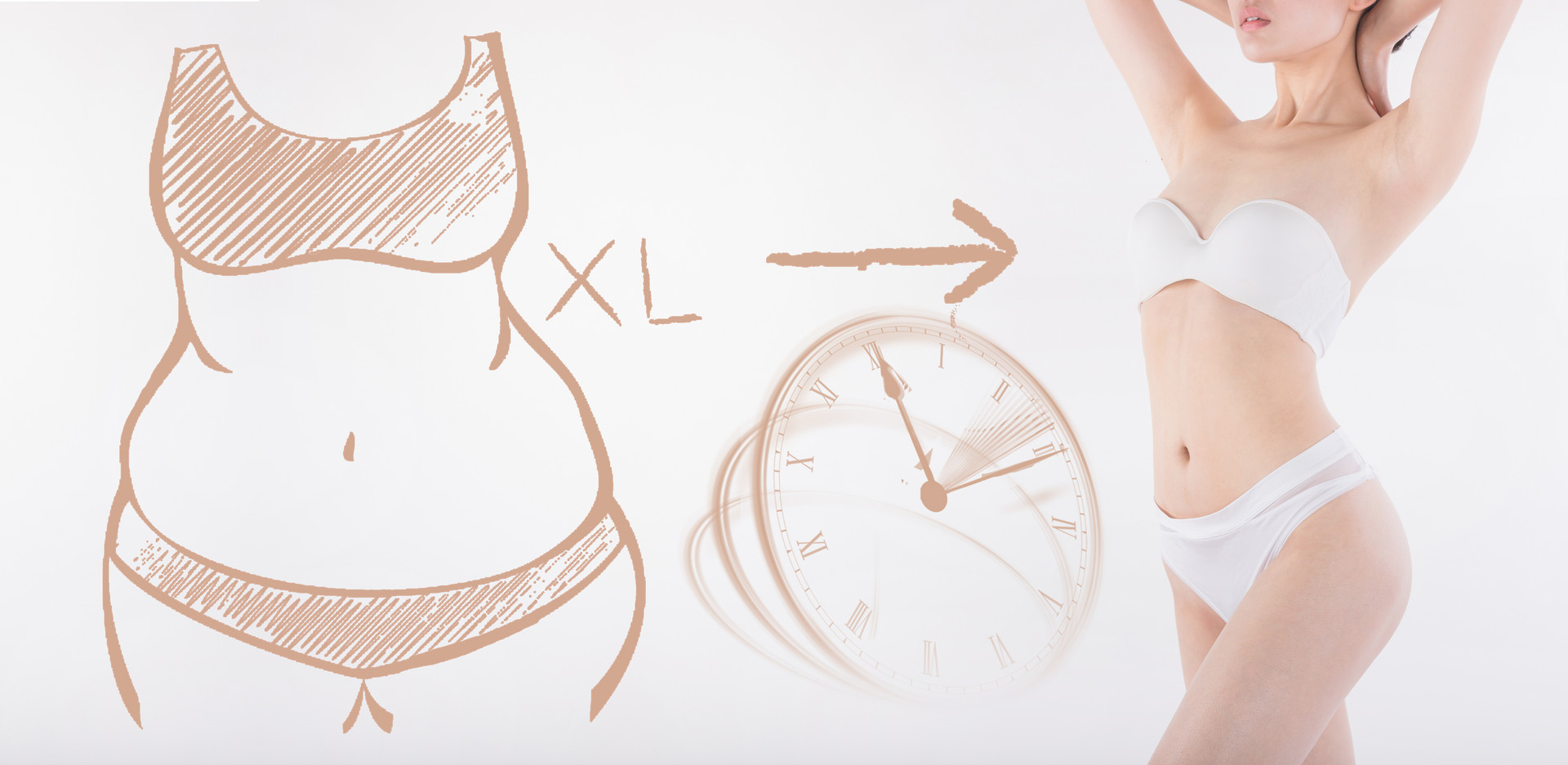 Slim Down and Lose Weight with Traditional Chinese Medicine Five Elements Method
Slim Down and Lose Weight with Traditional Chinese Medicine Five Elements Method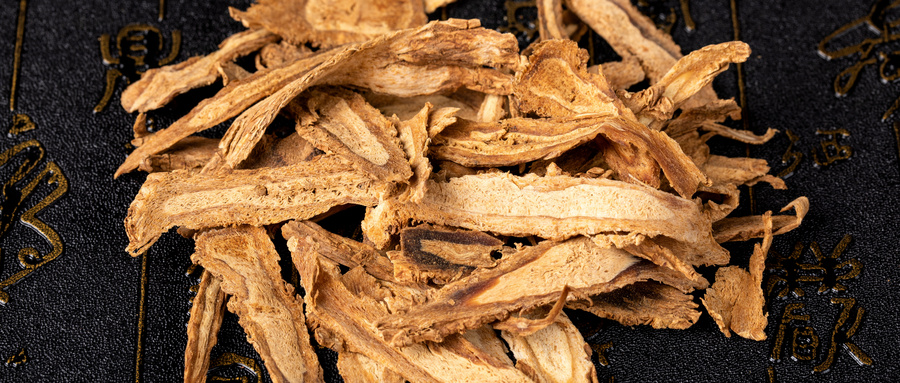 8 Foods for a Healthy Stomach: Nourish and Protect Your Digestive System
8 Foods for a Healthy Stomach: Nourish and Protect Your Digestive System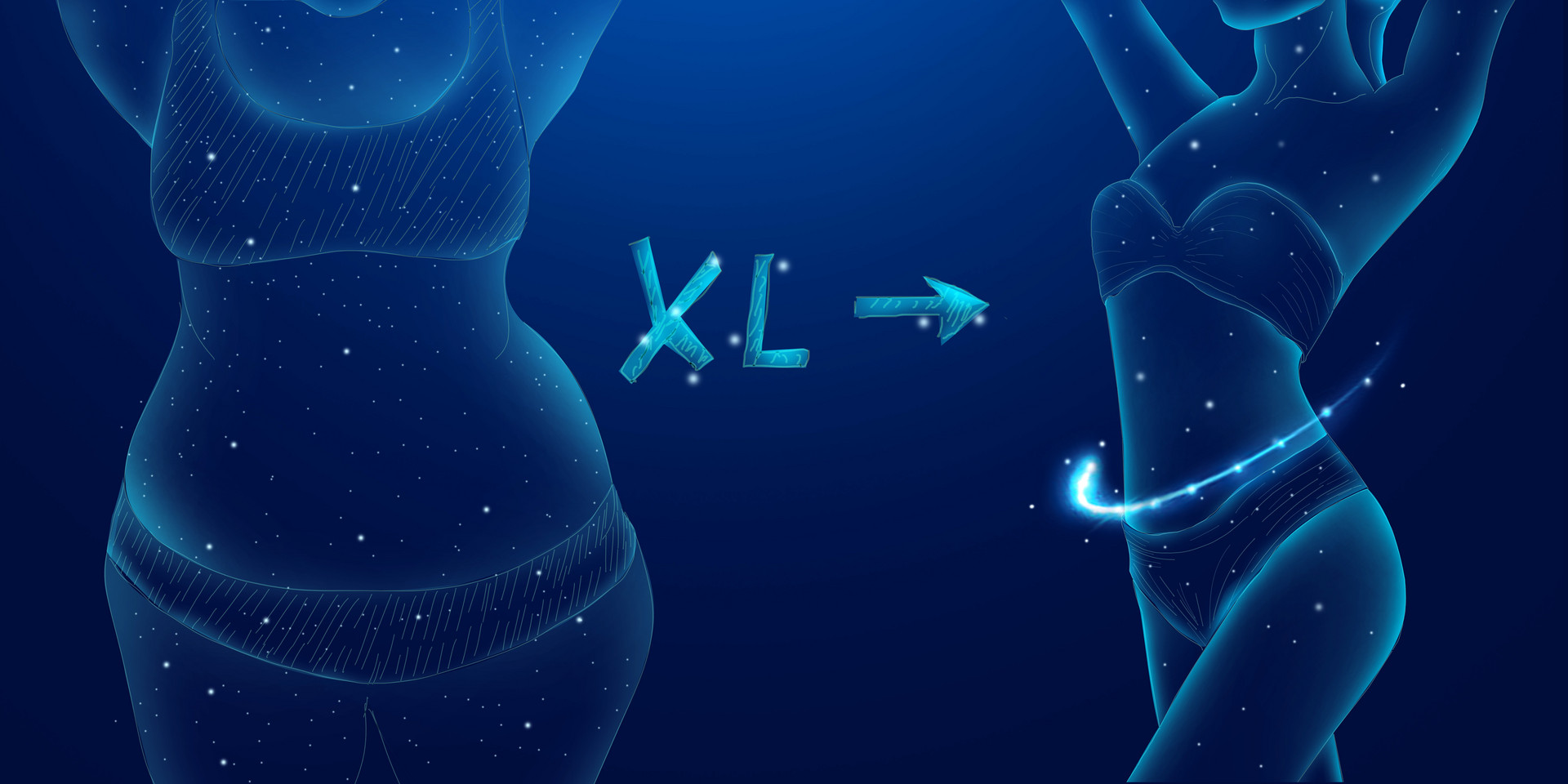 Natural and Effective TCM Methods for Healthy Weight Loss
Natural and Effective TCM Methods for Healthy Weight Loss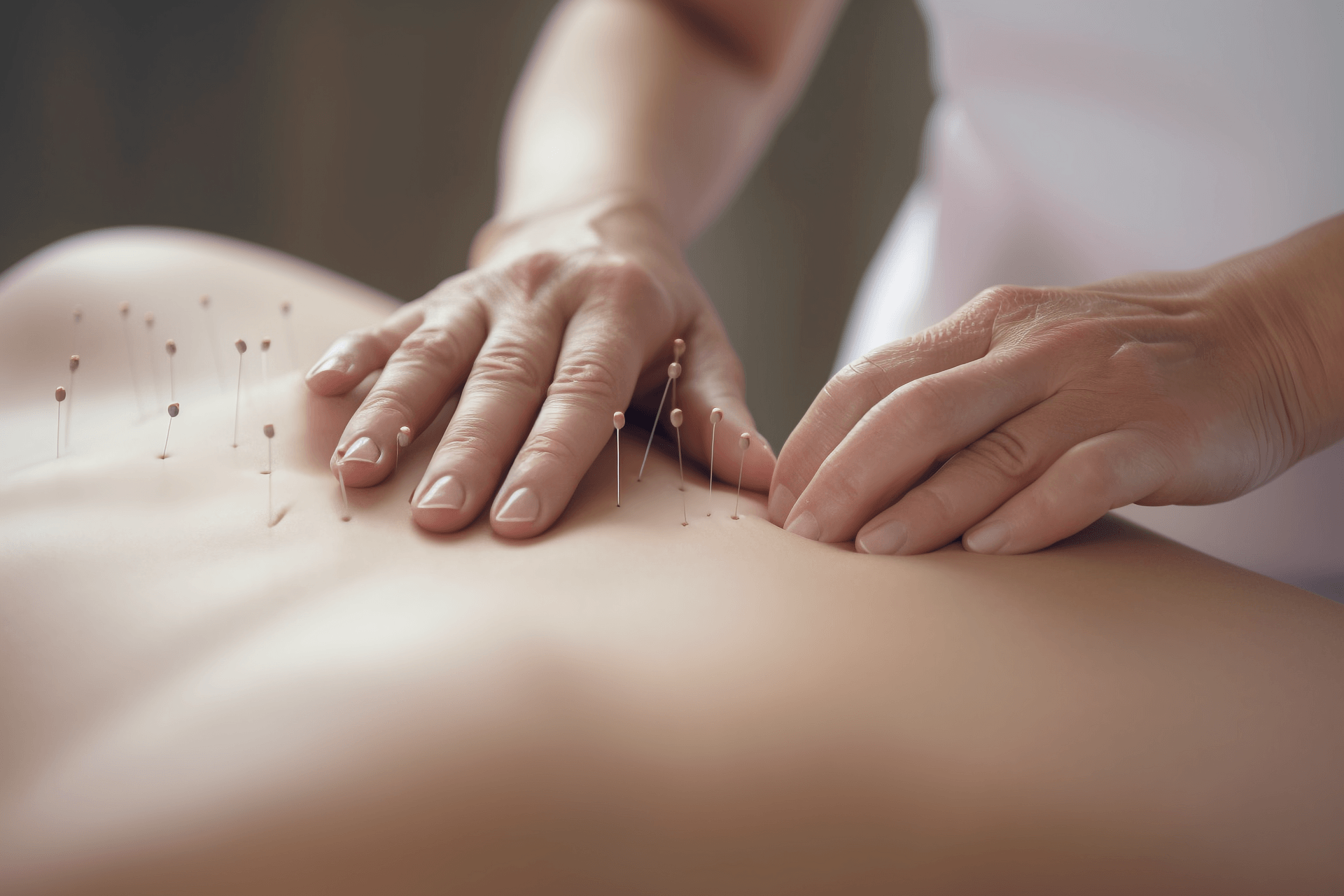 Acupuncture Treatment for Mumps: Effectiveness and Precautions
Acupuncture Treatment for Mumps: Effectiveness and Precautions
 1Effective Massage Therapy for Relieving Toothache: A Natural Approach to Dental Pain
1Effective Massage Therapy for Relieving Toothache: A Natural Approach to Dental Pain 2The Healing Power of Traditional Chinese Massage: Techniques and Methods Explained
2The Healing Power of Traditional Chinese Massage: Techniques and Methods Explained 3Men's Health: 7 Acupoints for a Healthy Lifestyle
3Men's Health: 7 Acupoints for a Healthy Lifestyle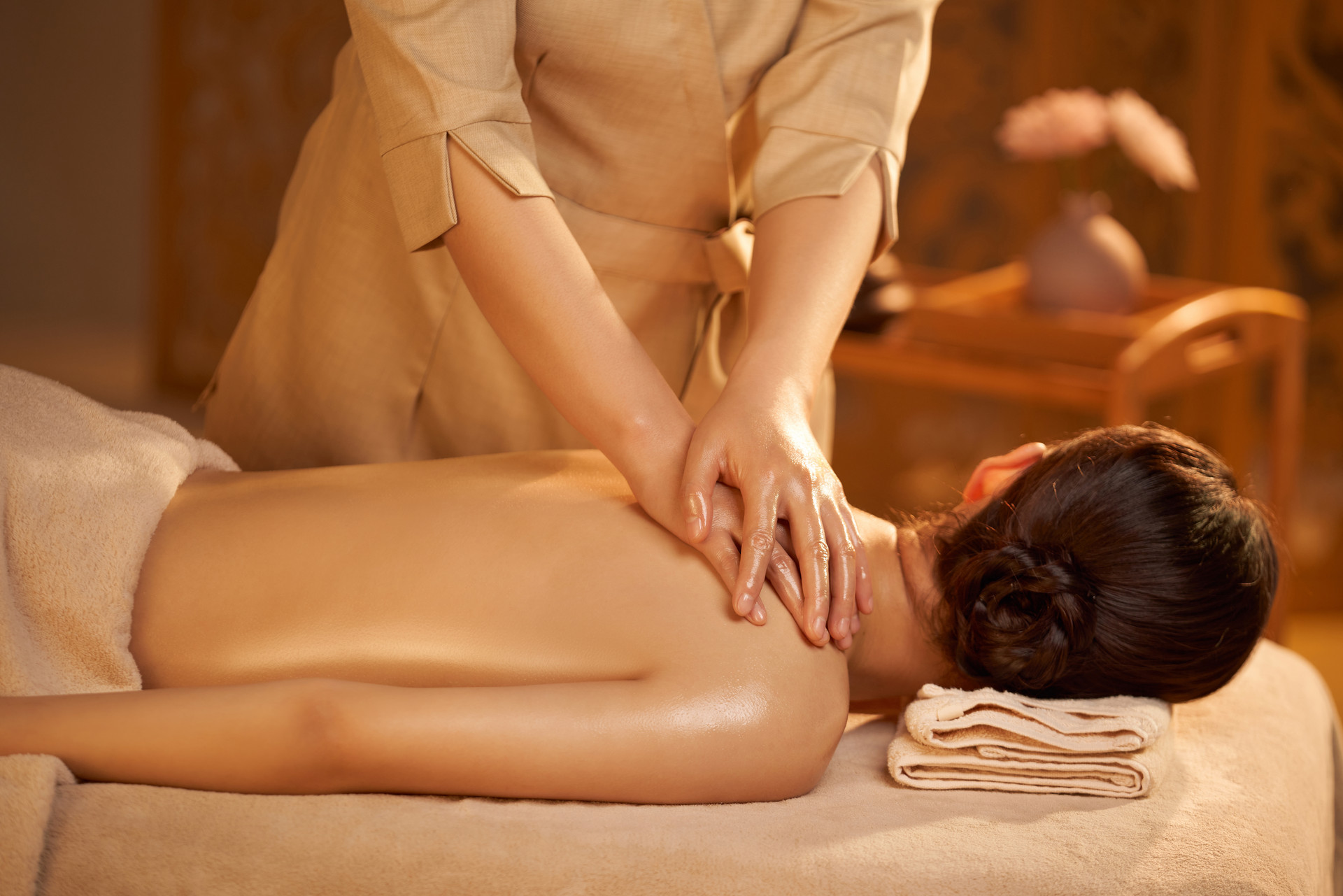 4Revitalizing Your Skin: The Power of Hand Massage for Busy Career Women
4Revitalizing Your Skin: The Power of Hand Massage for Busy Career Women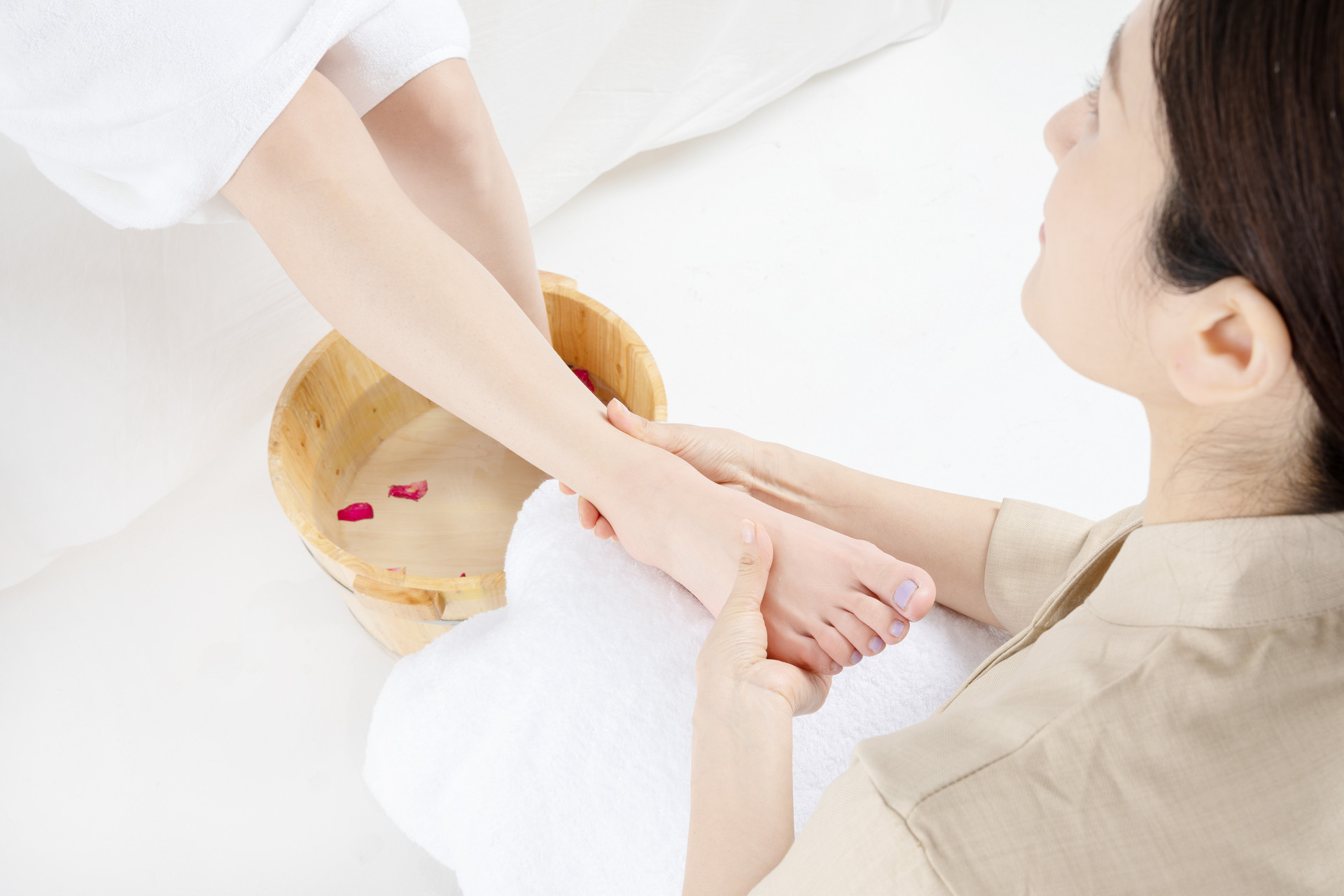 5Relieving Dysmenorrhea: Self-Care Massage Techniques for Menstrual Pain Relief
5Relieving Dysmenorrhea: Self-Care Massage Techniques for Menstrual Pain Relief
